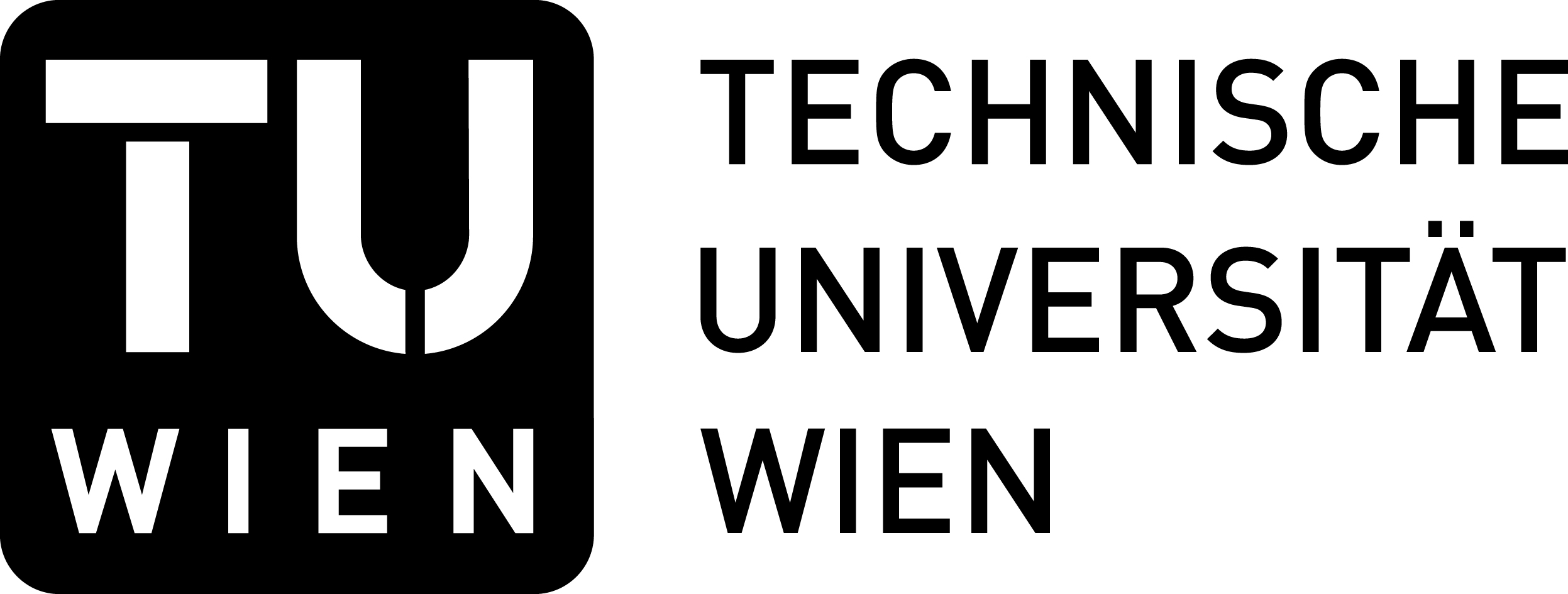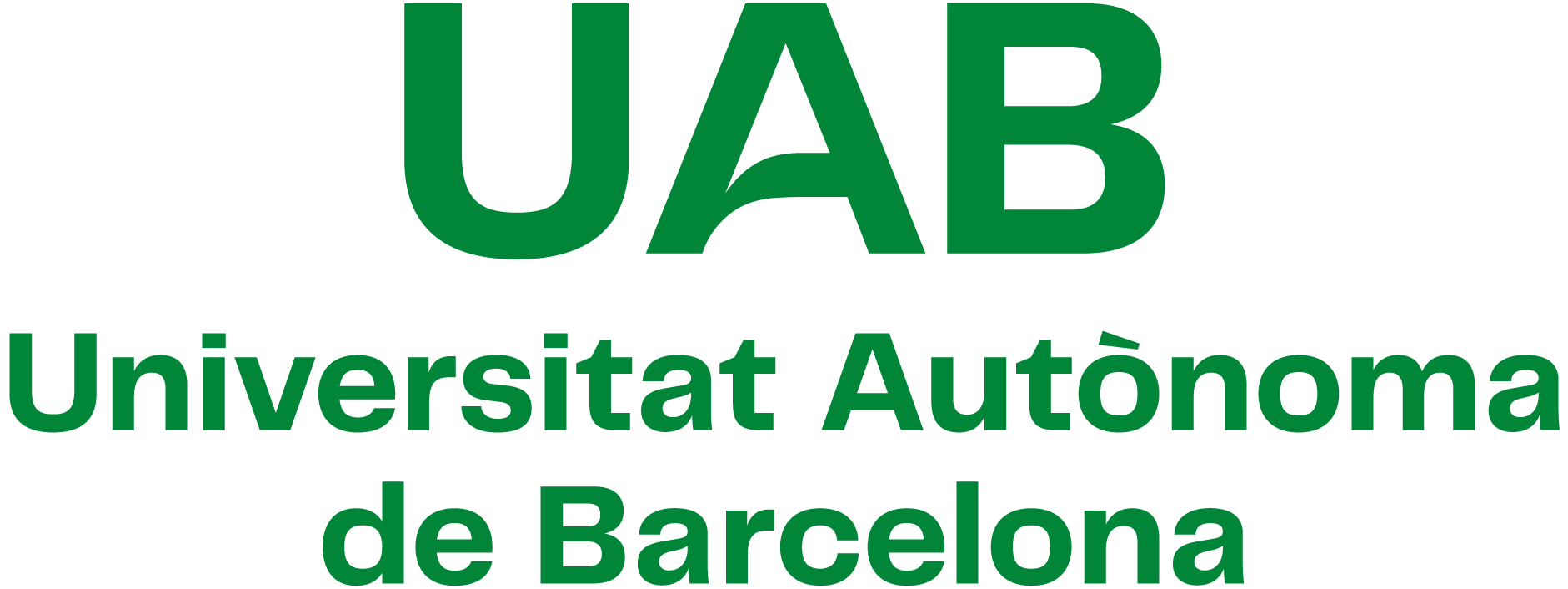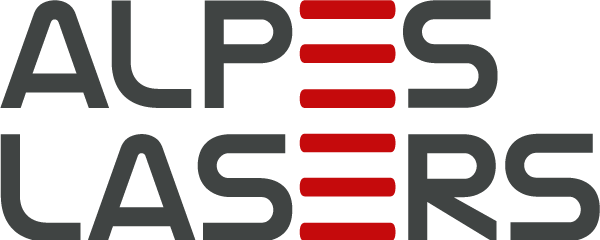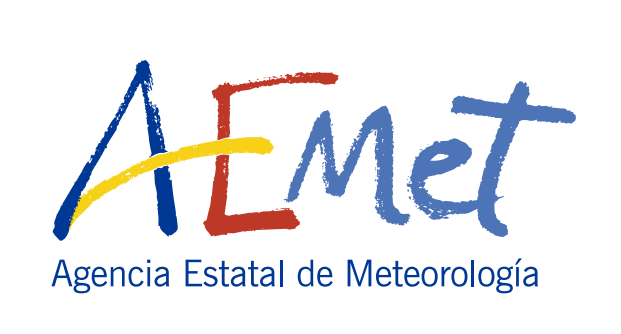Abstract
Using fiber sensor networks, distributed information can be gathered even from places that are difficult or even impossible to be reached by other means. However, so far, such distributed fiber sensing networks are not capable of providing access to distributed chemical information along the fiber. In particular, highly selective and sensitive information on the concentration of various gases along the fibre cannot be obtained on a routine basis despite being desirable and needed in many different application scenarios. It is therefore tempting to explore the potential of integrating innovative optical gas sensing nodes along optical fibers, towards their massive deployment in existing telecom infrastructures. New developments in optical gas spectroscopy have opened up new prospects for remote gas sensing applications, addressing the limitations of current analytical methods in terms of sensitivity, ease-of-use and miniaturization.
Nevertheless, there are important challenges to overcome before such a joint use of the fibers network for both communication and gas sensing becomes possible. GASPOF addresses these challenges, contributing to the development of the optical infrastructure of the future, where the communications network also acts as a large-scale distributed multi-parameter sensor. Focus will be put on two different optical techniques for gas sensing using the fiber-optics network: laser-based PTS and LHR. Both techniques will be advanced and integrated with the existing optical fibers network infrastructure. In parallel, we will investigate the possibility of using coherent OTDR for distributed gas sensing, while a reduced-cost approach for acoustic sensing will also be designed for measuring physical parameters of interest (e.g. vibrations) in addition to gas sensing. The GASPOF system configurations will demonstrate their performance and capabilities in important 4 application use cases.
GASPOF Concept
Objectives

Objective 1: Develop the optical-fiber-based PTS sensing modality
The goal is to develop optical gas sensing nodes, pluggable to telecom fiber networks. Among the different spectroscopy techniques for gas sensing, only PTS and Photo-Acoustic Spectroscopy can accommodate advantageously for very short plugs. Moreover, PTS has the additional advantage of all-optical operation.

Objective 2: Develop the LHR sensing setup
The objective is to develop the architecture of a distributed sensing system for atmospheric composition analysis with high spatial resolution. For this purpose, we will design a high performance LHR system that will be accompanied by a network of multiple sunlight collection points distributed in the area of interest. The sunlight captured at the different measurement points will be delivered to the LHR instrument using the fiber optic network.

Objective 3: Exploit the fibers as physical parameters sensors and evaluate CC-OTDR-based gas sensing
The objective is to develop strategies to extend capability of the Coherent Correlation OTDR (CC-OTDR) fiber sensing system, that currently detects acoustic signals, temperature and strain, to indirectly detect gases.

Objective 4: Seamlessly integrate the chemical & physical sensing modalities with the telecommunications fibers and infrastructure
The objective is to integrate CC-OTDR-based physical parameters sensing with fiber-aided spectrometer gas sensing (LHR/PTS) into a fiber telecommunication network. A smooth coexistence of these approaches is intended.

Objective 5: Validate the system in relevant case studies
The sensing systems developed in objective #1, #2 and #3 that will be integrated with the fiber network infrastructure in objective #4 will be tested in relevant environment through diverse case studies

Objective 6: Widely communicate results and facilitate large-scale results adoption
Wide-scale but also audience-specific communication actions are planned. A task is dedicated to the collaboration with the EC, the DIHs, the PPP and related projects for implementing an action plan for results’ uptake. We will also be working towards standardisation of the proposed approach to facilitate industrial exploitation.
Case Studies

Use case #1: Greenhouse gases (GHG) monitoring
1) Society relevance/goals:
– Cities emit 70% of global GHG (industry and transport) validate inventories, assess decarbonization progress, input for climatic models, GHG sources and sinks
2) Current technology / Challenges:
– Satellite, surface and atmospheric column measurements
– Reduced cost densification of measurements networks
3) GASPOF approach: PTS and LHR system

Use case #2: Indoor air quality monitoring
1) Society relevance/goals:
– WHO: 3.2M premature deaths/yr (2019) decrease of pollutants since 80’s with EU IAQ policies
2) Current technology / Challenges:
– Low cost sensors on the market
– Improve reliability & deployment relying on existing infrastructure
3) GASPOF approach: PTS sensing system with NIR-only and MIR approaches:
– CO2 leading indicator of IAQ
– CO & CH4 for safety/security (working environment)
Use case: Sense City
– 400 m2 climate chamber with controlled conditions injection of gas pollutants (CO2, NO2, SO2)

Use case #3: Volcanic gases and seismicity monitoring
1) Society relevance/goals:
– >800M people under constant threat of volcanic activity & most of volcanoes are not well monitored or not at all
2) Current technology / Challenges:
– Volcano observatories: sparse strategically disseminated instrumentation
– Global satellite observatory: MOUNTS (Valade et al., 2019)
– Main parameters: shakes and (diffuse) gases
– 2nd emergency post-eruption (locally up to 70% CO2)
– Reduced cost densification of monitoring networks
– Remote operations (personnel safety; power alimentation)
3) GASPOF approach: PTS (NIR&MIR)+OTDR-based system(s):– Soil and plume gases (12CO2; 13CO2; CO; SO2)
– Vibrations and thermal monitoring
Use case:– Canary Islands volcanism

Use case #4: Natural gas leaks along pipelines monitoring
1) Society relevance/goals:
– Critical threat to public safety (highly flammable gas; O2 displacement in enclosed spaces)
– Methane (CH4): harmful GHG; 28x greater impact than CO2 on global warming
– Economic losses: 1.2-2,6 M tons and up to 10% production loss
-1 B. US$ /yr direct cost
-9.3 social cost
2) Current technology / Challenges:– Campaigns (truck, aerial)
– Distributed sensors
– Passive, reduced cost, reliable distributed network
3) GASPOF approach: distributed PTS sensors + OTDR-based
Use case:LANCOM fiber network along a 5 km section in Greece
Contact Us



